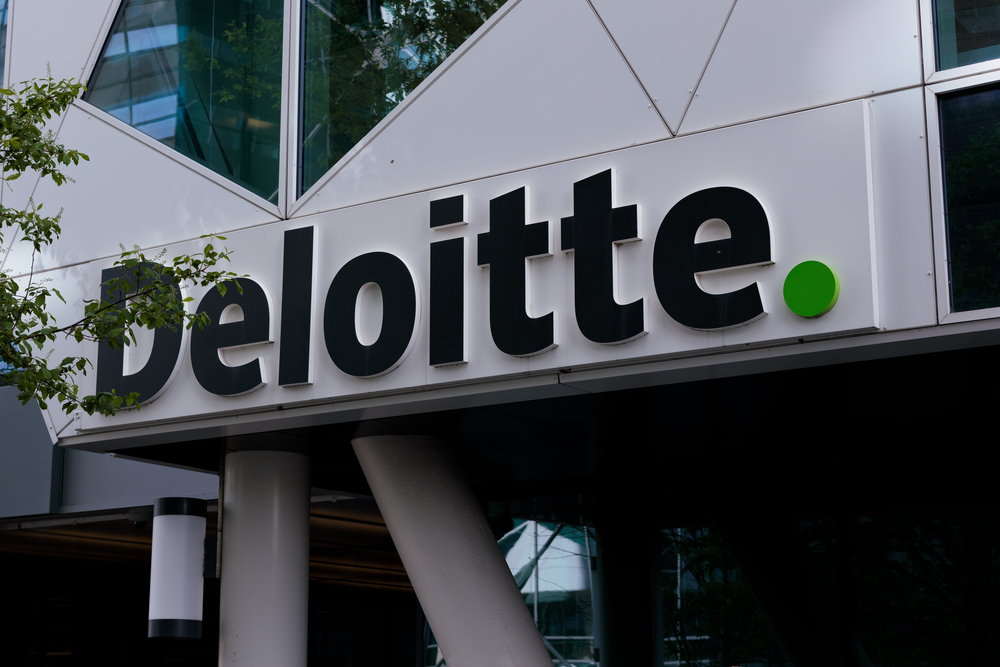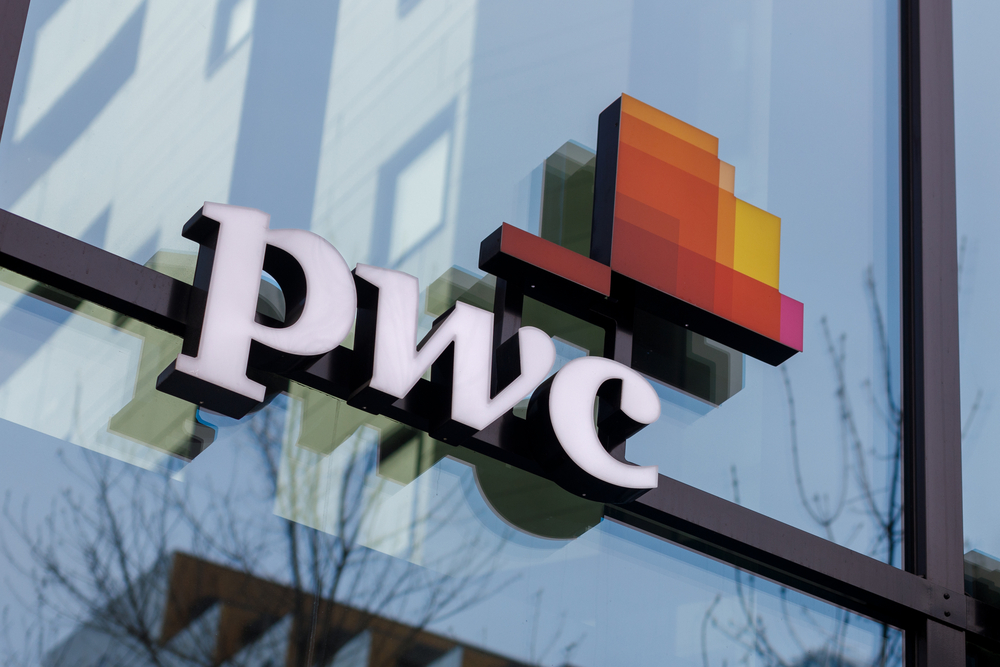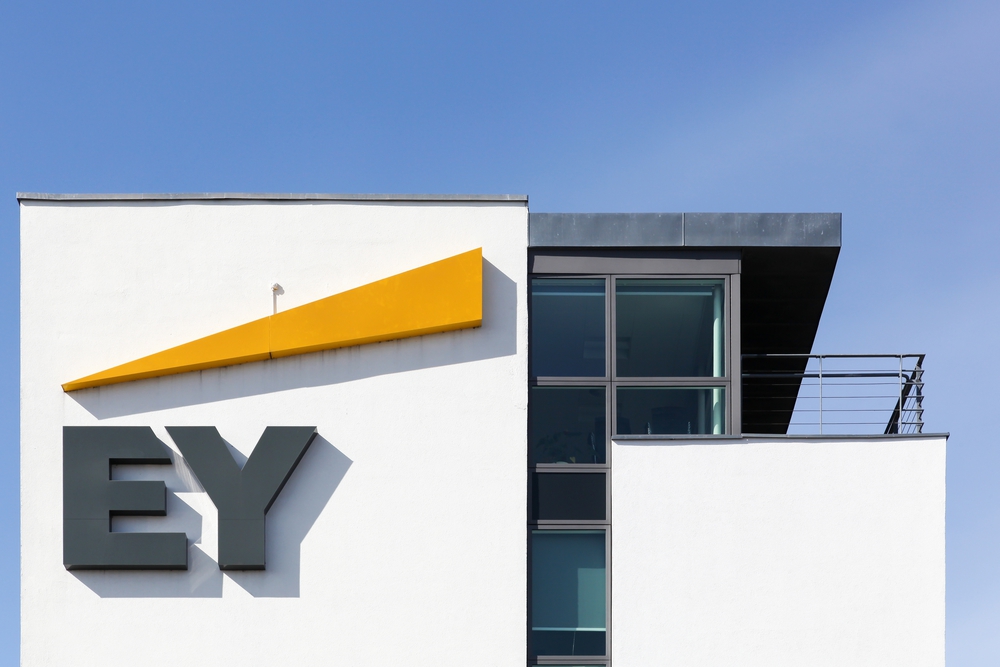Did you know that 70% of consumers believe that the quality of a company’s signage reflects the quality of its products or services? In the competitive world of accounting, first impressions are crucial, and high-quality signage can significantly influence client perceptions.
High-quality signage is essential for creating a professional image for accounting firms. It enhances client trust, reinforces brand identity, and sets the firm apart from competitors.
Key Takeaways
- First Impressions Matter: High-quality signage significantly enhances first impressions and reflects the professionalism of accounting firms.
- Client Trust: Effective signage builds client trust by conveying reliability, attention to detail, and competence.
- Brand Identity: Consistent and elegant signage reinforces the firm’s brand identity and sets it apart from competitors.
- Modern Technology: Incorporating digital and interactive elements in signage keeps firms up-to-date and enhances client engagement.
- Sustainability: Eco-friendly signage solutions appeal to eco-conscious clients and reduce environmental impact.
Comparison Table: Types of Signage for Accounting Firms
Feature |
Exterior Signage |
Interior Signage |
Digital Signage |
|---|---|---|---|
Primary Role |
Attracts attention, provides first impressions, guides clients | Enhances navigation, reinforces professionalism, provides information | Delivers dynamic content, real-time updates, engages clients |
Examples |
Building signs, window graphics, entrance plaques | Lobby signs, directory signs, office nameplates, informational boards | Digital displays in waiting areas, interactive directories |
Design Considerations |
High-quality materials, clear fonts, strategic placement | Professional appearance, clear messaging, consistent branding | High-quality visuals, interactive features, real-time updates |
Benefits |
Enhances visibility, builds brand recognition, guides clients | Improves navigation, informs clients, enhances experience | Engages clients, keeps information current, provides interactivity |

1. The Importance of High-Quality Signage for Accounting Firms
Definition and Overview:
High-quality signage refers to signs that are well-designed, made from premium materials, and effectively communicate the firm’s brand and services. In a professional setting like an accounting firm, signage serves not only as a directional tool but also as a key element in branding and client communication.
Client Perceptions:
Signage plays a vital role in shaping client perceptions. When potential clients visit an accounting firm, the exterior and interior signage are among the first things they notice. High-quality, professional signage conveys a sense of trustworthiness, attention to detail, and competence. Conversely, poorly designed or outdated signage can give clients the impression that the firm is disorganized or unprofessional.
Competitive Advantage:
In a crowded market, professional signage can give an accounting firm a competitive edge. Eye-catching and well-placed signs help the firm stand out from the competition. By investing in high-quality signage, accounting firms can create a strong brand presence that attracts and retains clients.
2. Key Elements of Effective Signage for Accounting Firms
Premium Materials:
Using durable and high-end materials is crucial for conveying professionalism. Materials like brushed metal, high-grade acrylic, and tempered glass not only look sophisticated but also last longer and maintain their appearance over time. High-quality materials reflect the firm’s commitment to excellence and attention to detail.
Elegant Design:
Incorporating clean lines, sophisticated fonts, and appropriate color schemes into signage design enhances its visual appeal. An elegant design aligns with the professional image that accounting firms aim to project. Simple yet sophisticated design elements can make a significant impact on how the firm is perceived by clients.
Clear and Concise Messaging:
Effective signage communicates essential information clearly and succinctly. Whether it’s the firm’s name, services offered, or directional information, the message should be easy to read and understand at a glance. Avoiding clutter and focusing on key details ensures that the signage is both informative and visually appealing.
Consistent Branding:
Consistency in branding across all signage reinforces the firm’s identity and values. This includes using the same colors, fonts, logos, and design elements that appear in other branding materials like business cards, letterheads, and websites. Consistent branding helps clients easily recognize the firm and builds a cohesive brand image that instills confidence and trust.
By focusing on these key elements, accounting firms can create effective signage that not only looks professional but also enhances client trust and reinforces their brand identity.
3. Types of Signage for Accounting Firms
Exterior Signage
Role: Attracting attention, providing first impressions, and guiding clients.
Examples:
- Building Signs: Large, visible signs on the exterior of the building that display the firm’s name and logo. These signs are crucial for visibility and brand recognition, helping potential clients locate the office easily.
- Window Graphics: These can include the firm’s name, logo, and office hours, as well as any other relevant information. Window graphics add to the aesthetic appeal while providing important details.
- Entrance Plaques: High-quality plaques near the entrance provide a touch of elegance and professionalism. They can include the firm’s name, logo, and any accreditations or affiliations, reinforcing credibility as clients enter.
Interior Signage
Role: Enhancing navigation, reinforcing professionalism, and providing information.
Examples:
- Lobby Signs: These signs greet clients as they enter the office, often featuring the firm’s name and logo in a sophisticated design. Lobby signs set the tone for the client’s experience, reflecting the firm’s professionalism and attention to detail.
- Directory Signs: Directory signs help clients navigate the office, listing the names of accountants and the locations of their offices, conference rooms, and other important areas. Clear directory signs reduce confusion and enhance the client experience.
- Office Nameplates: Personalized nameplates for individual offices and meeting rooms add a professional touch. They help clients and staff easily identify specific rooms and personnel.
- Informational Boards: These boards can display important announcements, firm achievements, or financial tips. Informational boards keep clients informed and engaged while reinforcing the firm’s expertise and commitment to client service.
Digital Signage
Role: Delivering dynamic content and real-time updates.
Examples:
- Digital Displays in Waiting Areas: These screens can show news, financial updates, firm achievements, and client testimonials. They keep clients informed and entertained while they wait, enhancing their overall experience.
- Interactive Directories: Touchscreen directories allow clients to quickly find the information they need, such as accountant bios, office locations, and available services. Interactive directories provide a modern and efficient way to navigate the office, improving client satisfaction.

4. Designing Effective Signage for Accounting Firms
Choosing the Right Materials:
Selecting durable, high-quality materials for signage is crucial. Materials like brushed metal, high-grade acrylic, and tempered glass convey professionalism and longevity. Durable materials ensure that the signage remains in excellent condition, reinforcing the firm’s reliability and attention to detail.
Aesthetic and Functional Design:
Balancing aesthetics with functionality is essential for creating visually appealing and effective signage. Design elements should align with the firm’s brand identity while ensuring that the signage is easy to read and understand. This includes using appropriate colors, fonts, and layouts that enhance both the visual appeal and the clarity of the message.
Consistent Branding:
Ensuring all signage aligns with the firm’s branding guidelines is vital for a cohesive look. Consistent use of logos, colors, and fonts across all signage reinforces brand identity and helps clients easily recognize the firm. This consistency builds trust and creates a unified brand image.
Accessibility Considerations:
Designing signage that is accessible to all individuals, including those with disabilities, is important. This includes using high-contrast colors, large fonts, braille, and audio options for digital signs to ensure that everyone can access and benefit from the information.
5. Implementation and Maintenance
Strategic Placement:
Placing signage in locations where it will have maximum visibility and impact is key. Consider high-traffic areas, entrances, intersections, and decision points to ensure that signage effectively guides and informs users.
Regular Updates and Maintenance:
Regularly updating the content on digital signage keeps it relevant and engaging. Scheduling routine maintenance ensures that all signs are in good working condition and addresses any technical issues promptly.
Cost vs. Benefit Analysis:
Understanding the long-term benefits and ROI of investing in high-quality signage is essential. While the initial costs may be high, the enhanced efficiency, improved client experience, and strengthened brand identity provide significant long-term value.
Future Trends in Signage for Accounting Firms
Technological Innovations
Emerging technologies in signage are transforming how accounting firms communicate with clients and staff. Digital displays and interactive elements, such as touchscreens and AR-enabled signs, are becoming more prevalent. These technologies allow for real-time updates, personalized content, and enhanced client engagement.
Sustainability
Eco-friendly signage solutions and sustainable practices are increasingly important. Accounting firms are opting for energy-efficient LED displays, recycled materials, and low-impact production processes. Sustainable signage not only reduces the environmental footprint but also appeals to eco-conscious clients.
Personalization and Interactivity
The future of signage lies in personalization and interactivity. Signage driven by data analytics and user preferences can provide customized experiences for clients. Interactive directories, personalized welcome messages, and client-specific content on digital displays can enhance the client experience and make a lasting impression.

Conclusion
Summary
High-quality signage is crucial for creating a professional image for accounting firms. It enhances client trust, reinforces brand identity, and sets the firm apart from competitors. By using premium materials, elegant design, clear messaging, and consistent branding, firms can create effective signage that positively impacts client perceptions and business success.
Call to Action
Accounting firms should invest in high-quality signage to create a professional image and enhance client trust. Effective signage can significantly boost the firm’s visibility, client satisfaction, and overall brand image.
Contact Information
For expert signage solutions, contact Tupp Signs today. Elevate your accounting firm’s brand with stunning, professional signs that reflect your unique identity. Visit our website or fill out our contact form to get started on designing the perfect signage for your firm.
By following these guidelines, accounting firms can design and implement high-quality signage that creates a lasting impression, enhances efficiency, and strengthens their brand identity.


